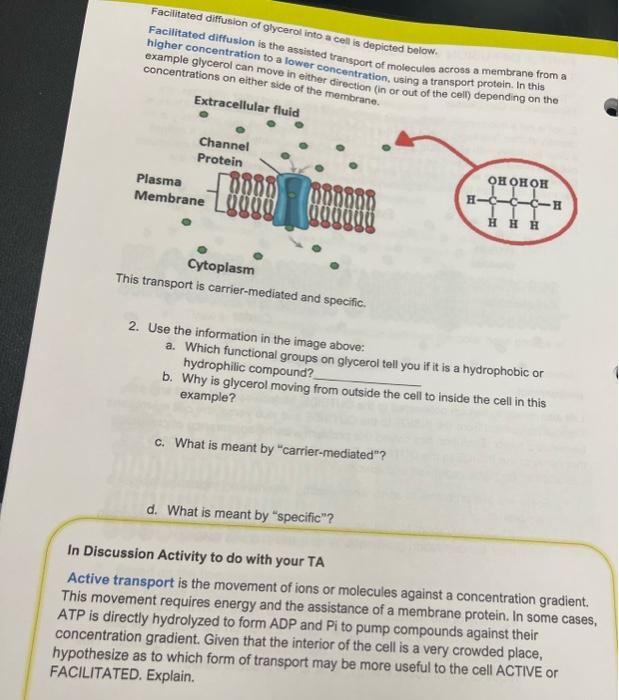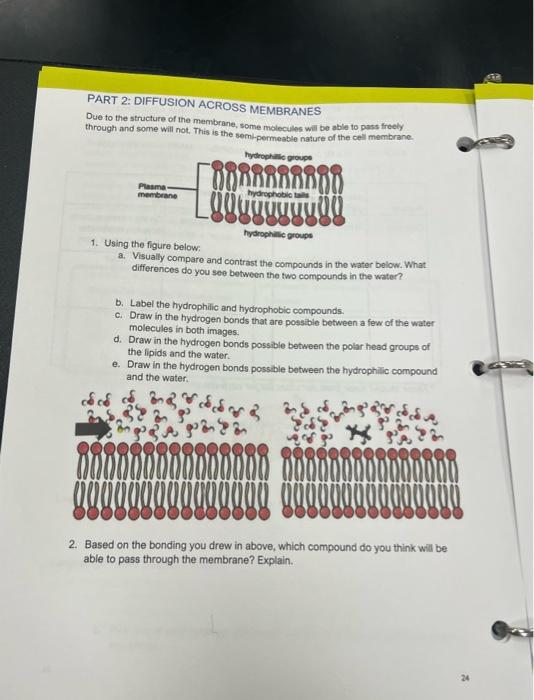Answered step by step
Verified Expert Solution
Question
1 Approved Answer
please do question 2 please do parts 1&2 from part 2 diffusion across the membrane Facilitated diffusion of glycerol into a cell is depicted below.
please do question 2


Step by Step Solution
There are 3 Steps involved in it
Step: 1

Get Instant Access to Expert-Tailored Solutions
See step-by-step solutions with expert insights and AI powered tools for academic success
Step: 2

Step: 3

Ace Your Homework with AI
Get the answers you need in no time with our AI-driven, step-by-step assistance
Get Started


